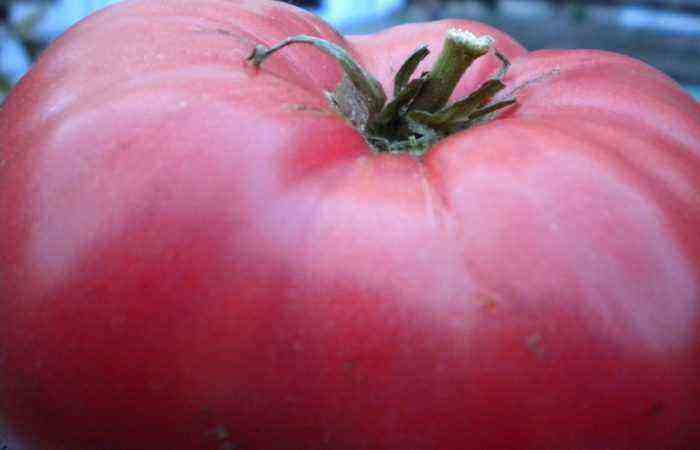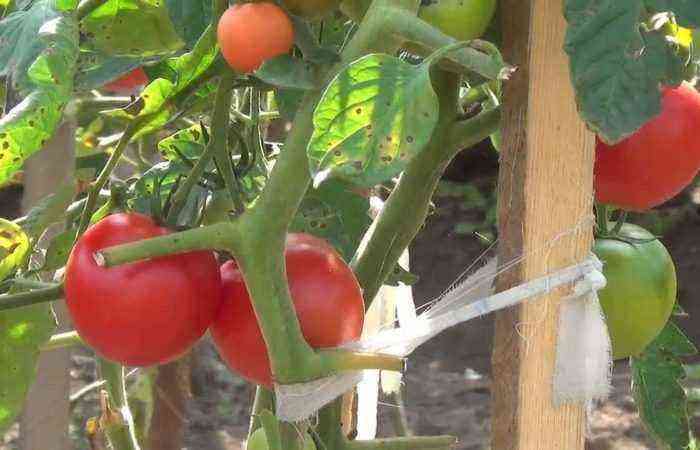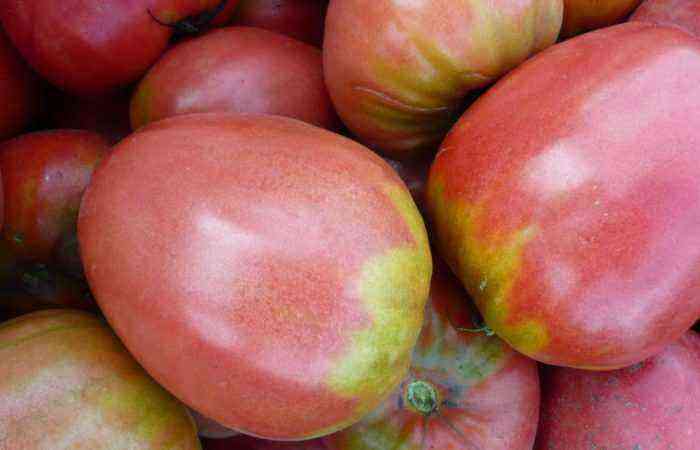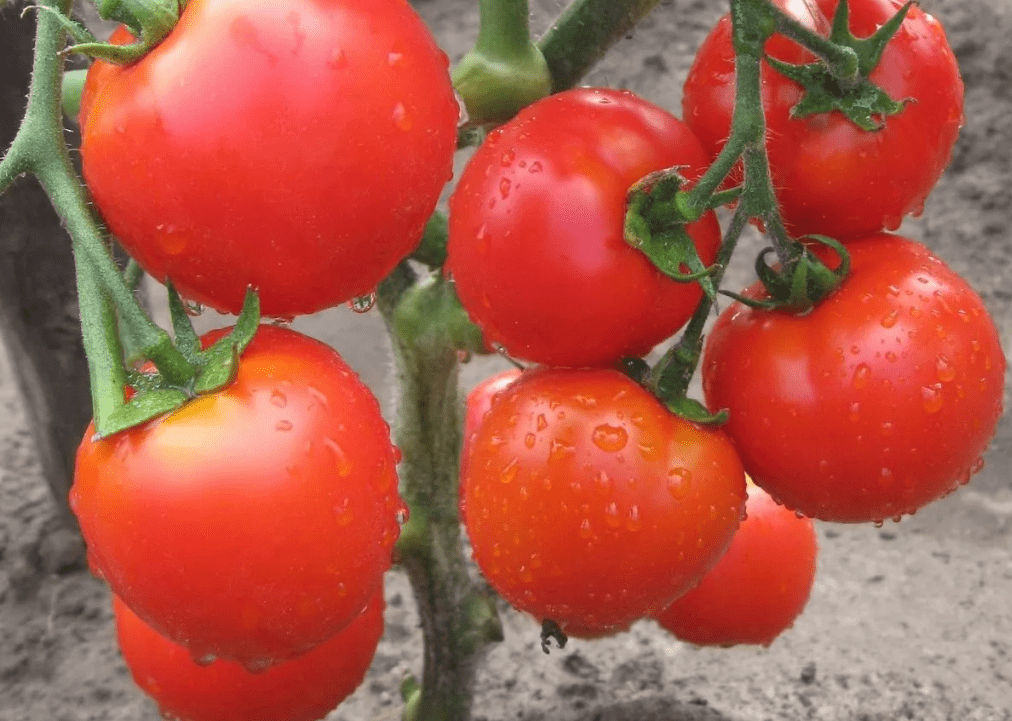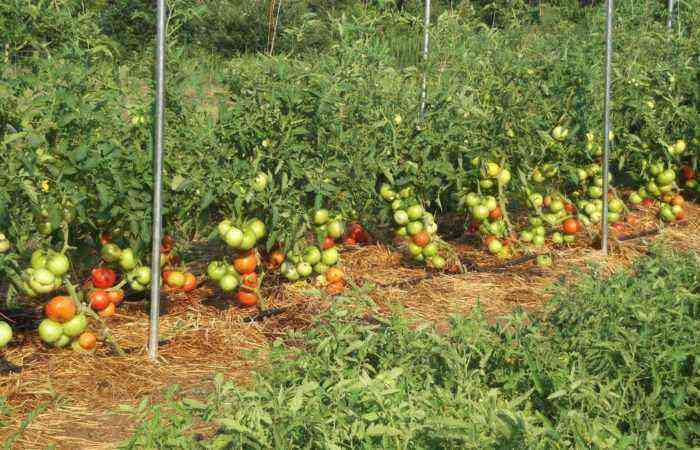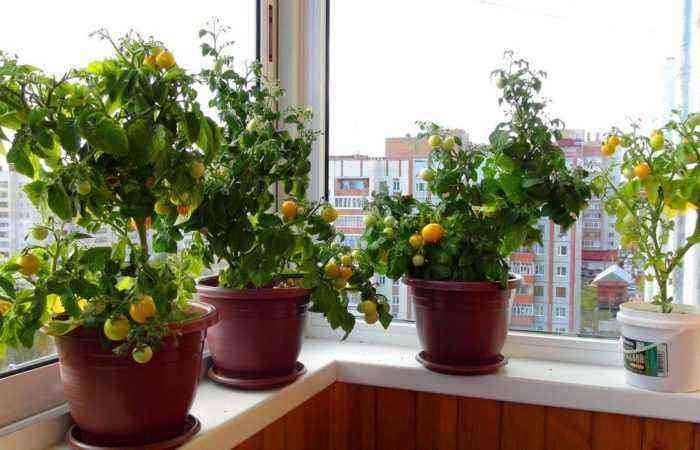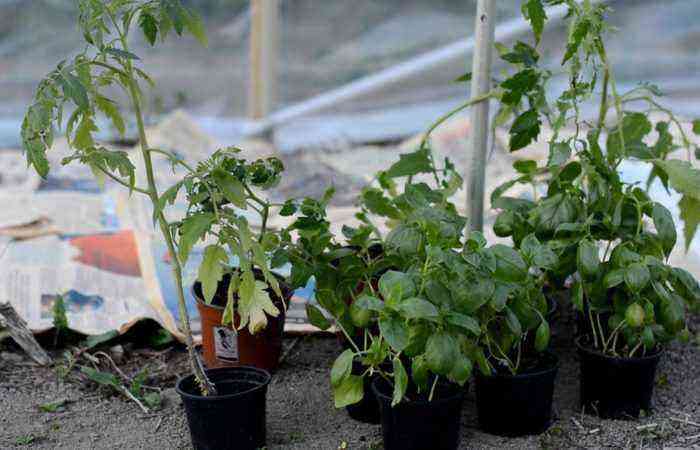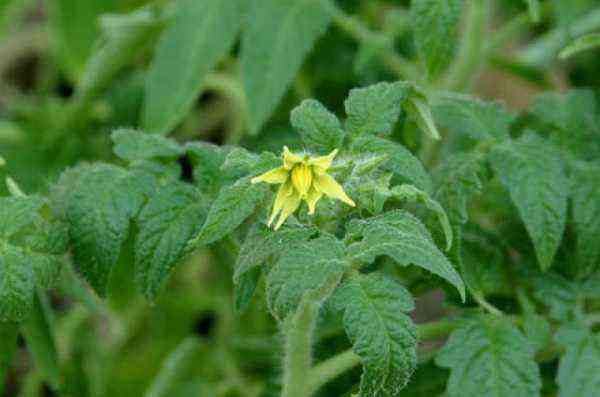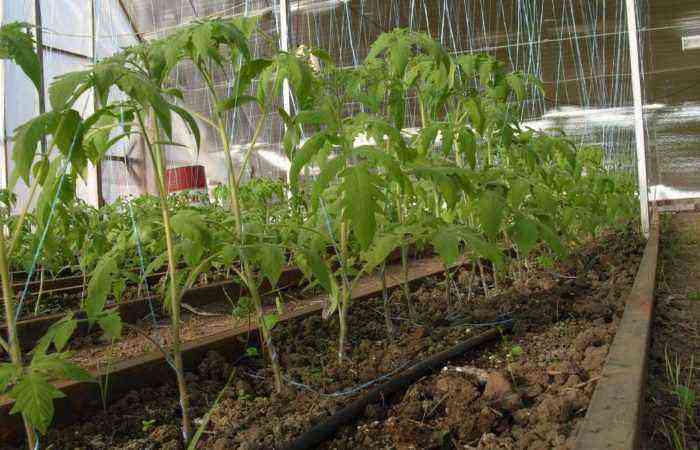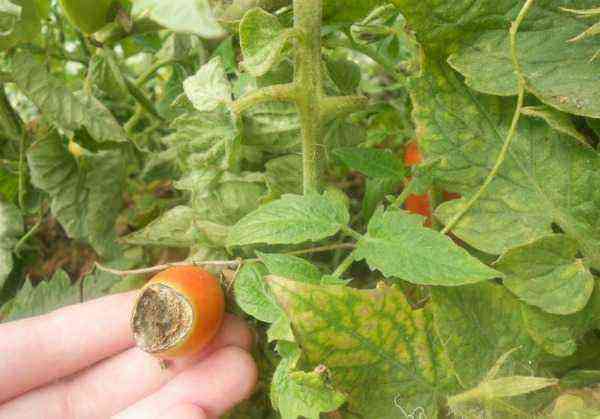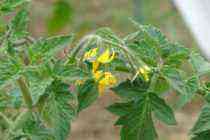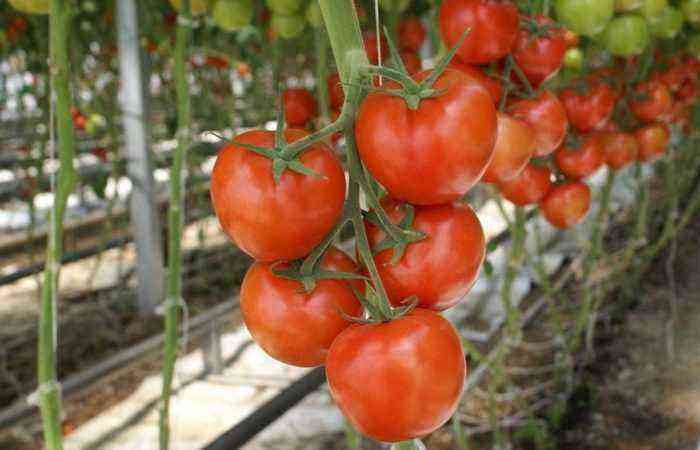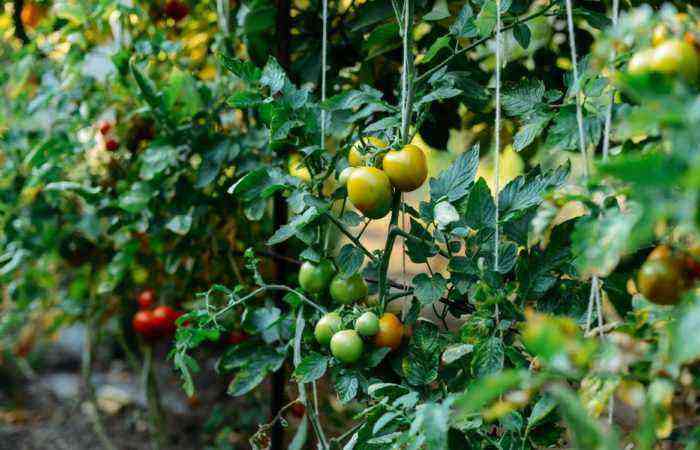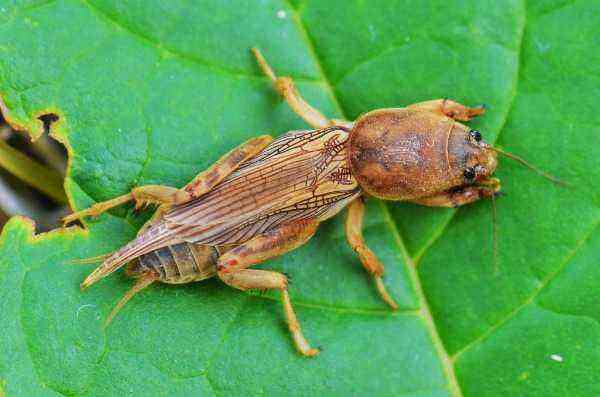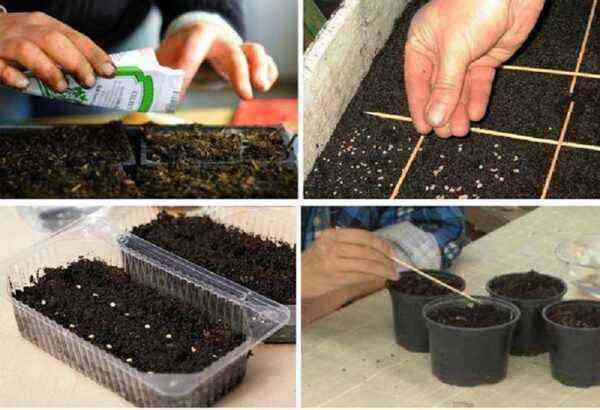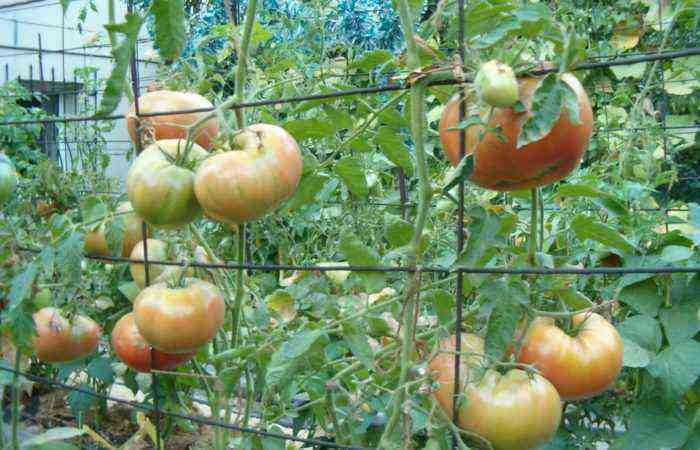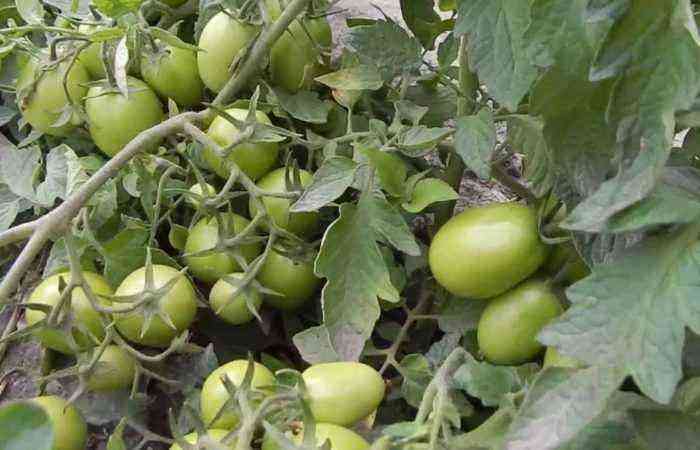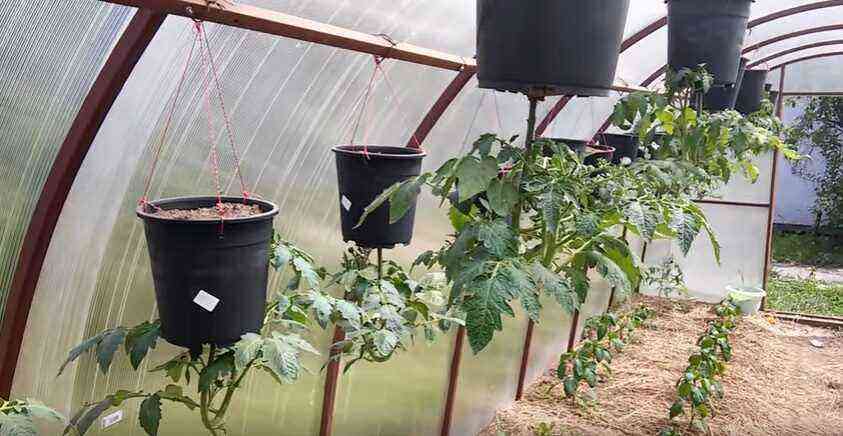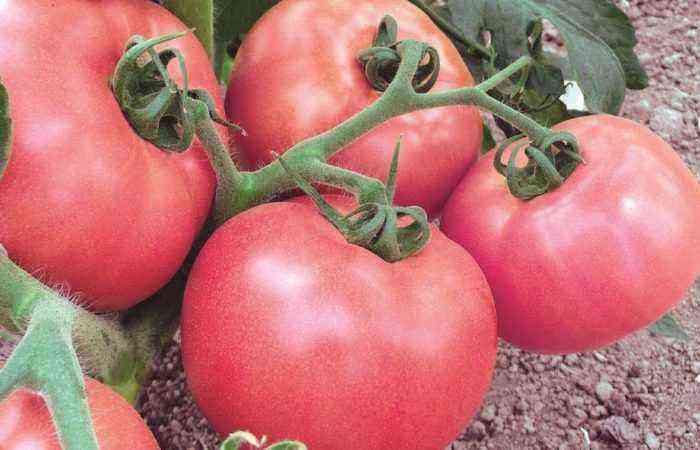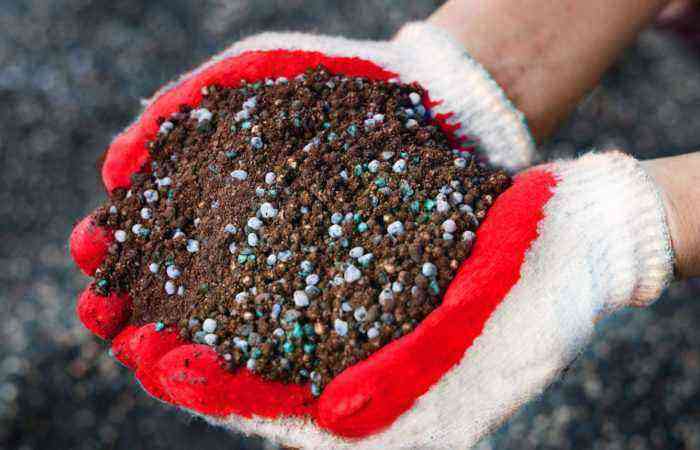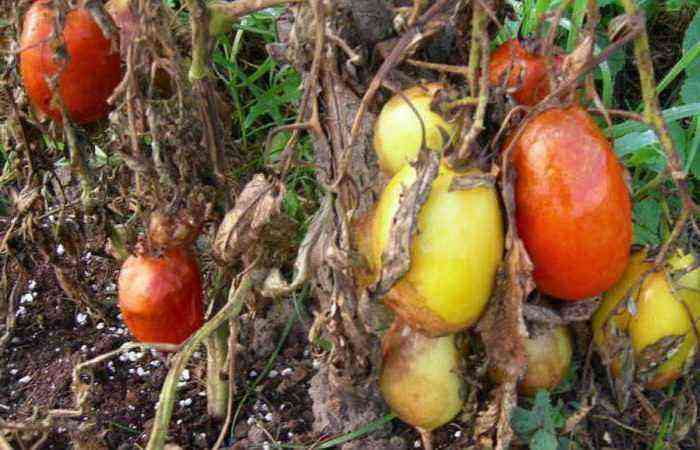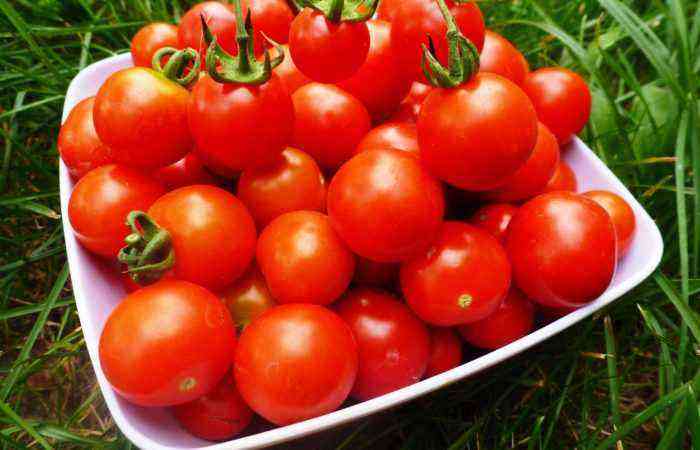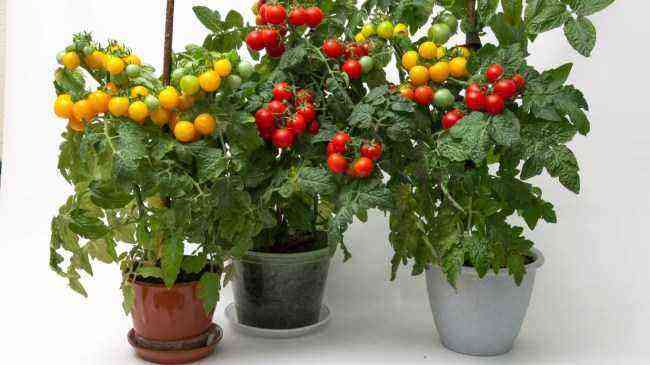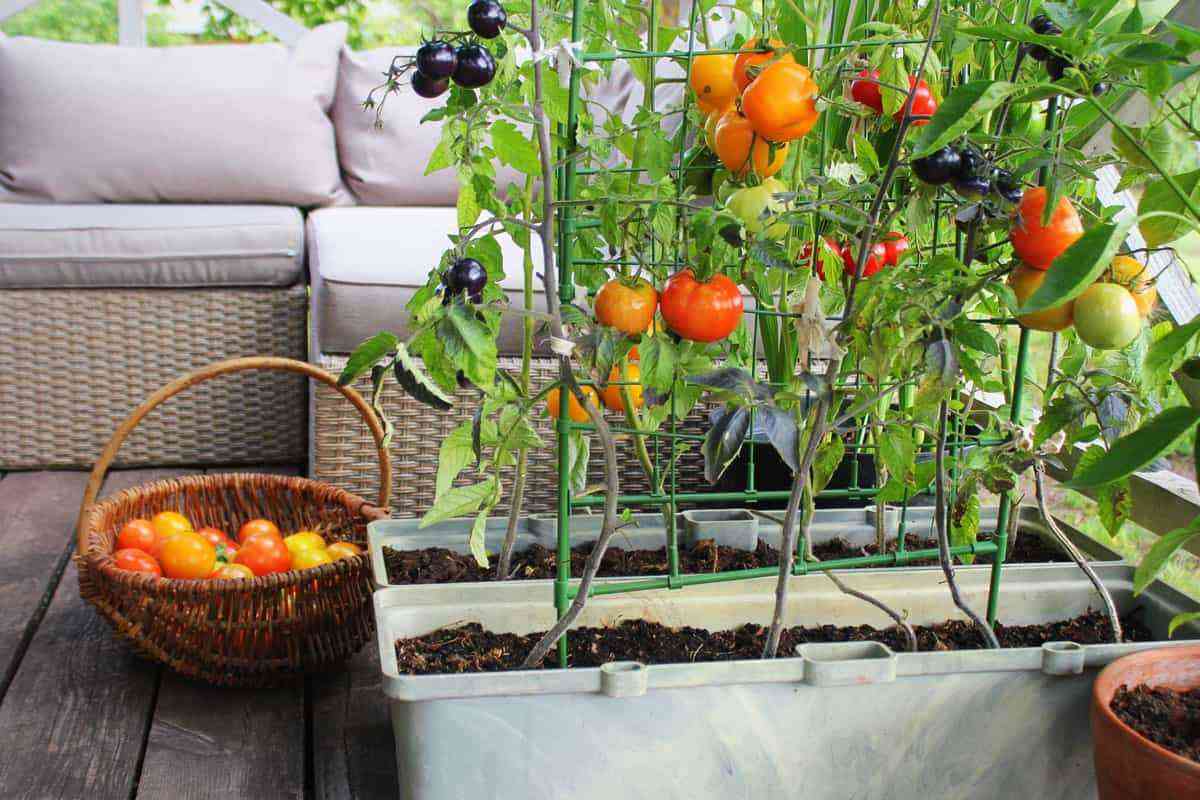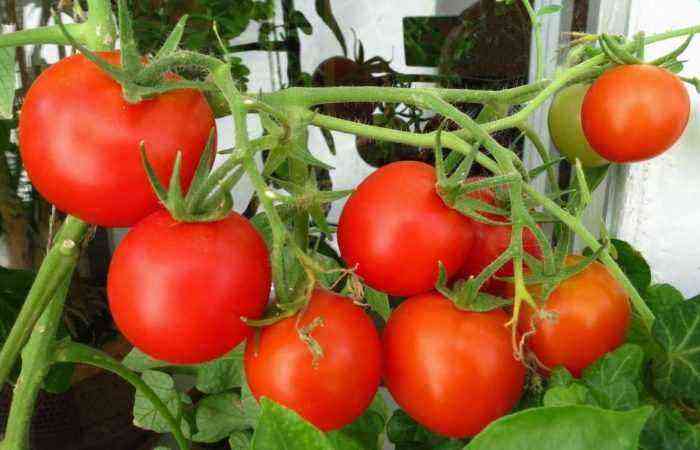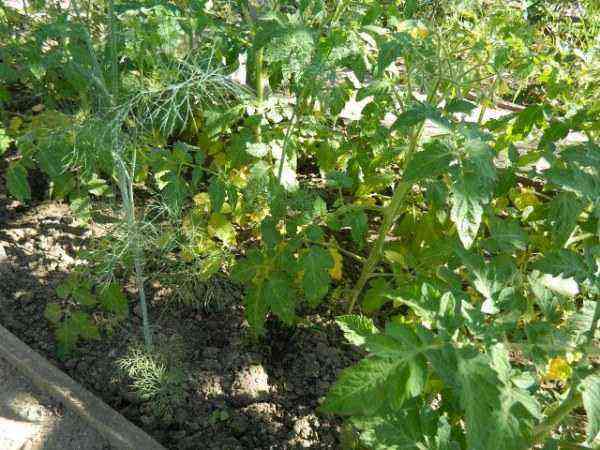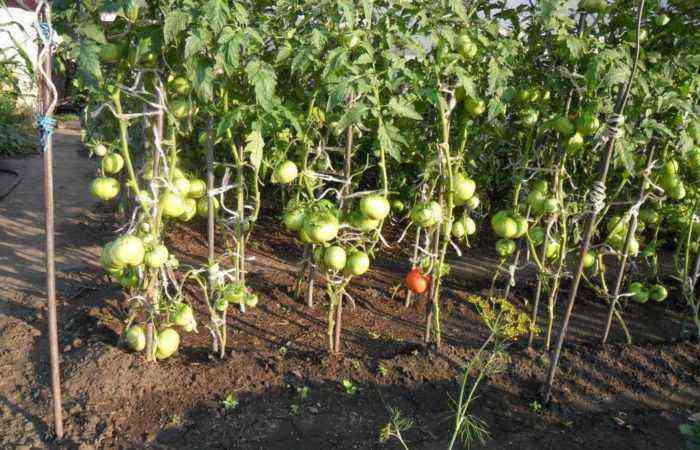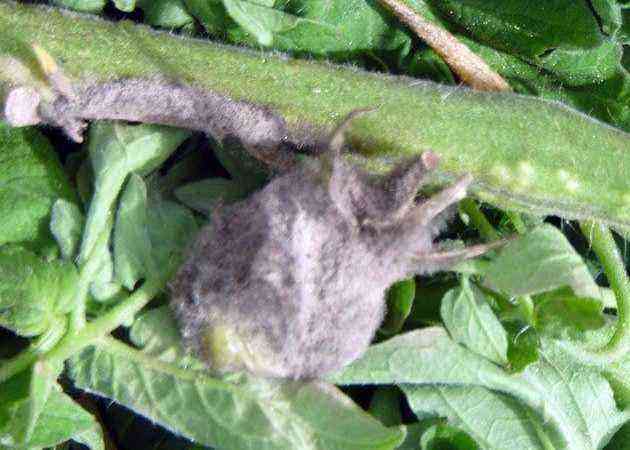Growing tomatoes on your own is much better than buying from the market or in the store. Home grown tomatoes are much healthier and tastier than those grown commercially and have been treated with a lot of chemicals.
In order to get a generous and high-quality crop of tomatoes, you need to carefully consider the choice of a good variety, sow the seeds, and provide the grown seedlings with the necessary conditions for good growth. The quantity and quality of ripened tomatoes will depend on what seedlings grow.
Reasons why tomato seedlings are purple and not growing?
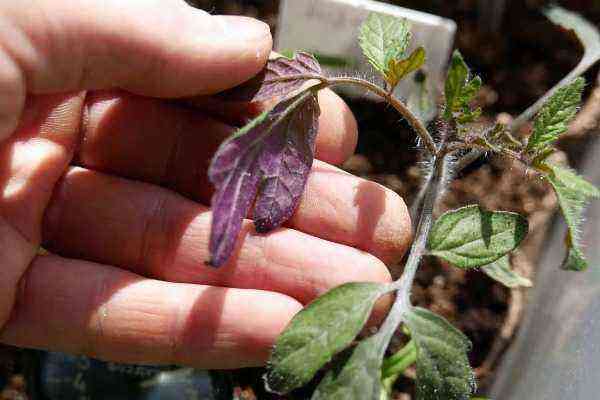
Many gardeners are often faced with the fact that after germination, the seedlings grow and develop well, the sprouts are green and strong, but at a certain point, the leaves of the plants, and sometimes the stem itself, turn purple and stop growing. If such unpleasant changes have occurred with seedlings, measures must be taken. To begin with, it is worth finding out the possible cause of such changes, otherwise it will not work to fix the problem.
Healthy seedlings have a strong stem and dense green leaves. If the tomato seedlings turn purple and stop growing, this indicates that not everything is in order with it and it needs to be saved, otherwise you will not see a good harvest.
The main reasons for the change in the color of seedlings:
Reduced temperature
Tomatoes are among those heat-loving plants that do not tolerate temperature fluctuations. In order for the seedlings to grow well, and the bush to develop properly and fruit set well, the air temperature must be at least + 20 ° C.
If the soil temperature drops below + 12 ° C, and the air – + 14 ° C, the seedlings will no longer absorb phosphorus from the soil, which is necessary for proper growth and development.
The same can happen at elevated air temperatures if it rises above +40°C.
If tomato seedlings do not receive phosphorus in the required amount, then its leaves will acquire a purple hue and growth will slow down significantly.
Tomato seedlings during growth accumulate phosphorus in themselves and consume it during the entire period of fruit setting and ripening.
Phosphorus deficiency

In order for the seedlings to grow and develop properly, and later many fruits are tied, it needs phosphorus. Therefore, before sowing seeds for seedlings, the soil must be fertilized with a sufficient amount of trace elements necessary for growth.
With an insufficient amount of phosphorus in the soil, the seedlings will grow poorly and change their color, the leaves and even the stem will be purple.
Also, a change in the shade of seedlings can occur if the acidity of the soil is greatly increased.
Incorrect lighting
Insufficient lighting in winter, as well as keeping containers with seedlings only under artificial lighting, can provoke a change in the green color of the leaves and stem to purple.
Since the spectrum of rays of fluorescent lamps is limited, for tomatoes that love the sun, such lighting can only be used as an additional to sunlight.
What to do, how to help tomato seedlings?

It is very important for the plant to receive the necessary amount of sunlight, proper watering and feeding with nutrients. Air temperature is also a very important point for proper growth. If at least one of these factors is not met, the plant will have to survive and adapt to uncomfortable conditions.
What needs to be done so that the plant continues to develop well:
- Normalize temperature. If you are growing seedlings on a windowsill, then you need to lay aluminum foil under the boxes and raise the air temperature in the room to + 18 ° C.
If the color of the seedlings has changed after you planted them in the greenhouse, then you need to adjust the heating system inside the greenhouse.
And if your greenhouse is not heated, then you need to cover each plant with a plastic five-liter bottle to keep warm.
- Provide the plant with the correct light regime. Boxes with seedlings must be placed on the south window.
It is also necessary to build an aluminum foil screen and use special LED lamps to extend the daylight hours, which you need to additionally illuminate the seedlings in cloudy weather.
- Provide the soil with proper nutrition. If you adjusted the temperature in the room, and the color of the plants still did not change to green, then this will indicate that there is a lack of phosphorus in the soil. This problem is easily solved – add a ready-made nutrient fertilizer to the soil, which contains a balanced composition of minerals.
You can fertilize not only the soil, but also plants using the spraying method.
Approximately 7-14 days before transplanting seedlings to a permanent place of growth, it is necessary to feed the plants with phosphate fertilizer. This will help the seedlings to adapt to a new place, and even if the air temperature drops, even though it will change its color, it will not die, but will continue to develop.
Prevention
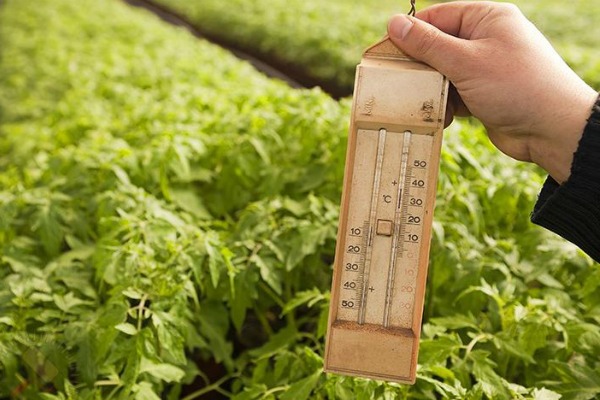
Carrying out preventive measures when growing seedlings on your own is very important.
General recommendations for prevention:
Seed soaking
Before sowing, the seeds must be soaked in a growth stimulator. This tool will help the seeds get stronger and give a good impetus to germination.
Soil Preparation
Prepare the soil, as the growth of plants depends on it. If you plan to plant plants on heavy soil, then you must first add a little sand to the bed, which will improve the air permeability of the soil.
Also, the land should be fertilized with the necessary minerals and have a low acidity. For fertilizer, it is necessary to use a special mixture, which includes humus and peat.
Temperature conditions
When growing seedlings, it is necessary to observe the light and temperature conditions. Only by providing plants with good and bright lighting is proper growth possible. Therefore, it is important to expose seedlings to the sun, and in cloudy weather, use additional lighting with phytolamps.
Watering

Timely water and moisten the seedlings, because without moisture, the seedlings simply will not survive. Watering should be moderate but regular.
When watering, try to water the plant under the root so that moisture does not get on the leaves.
It is more convenient to water from a watering can with a long spout, so you definitely will not miss.
Additional fertilizing
It is necessary to regularly feed the plants, this is especially important before planting in a permanent place of growth. Often seedlings grow poorly precisely because of the lack of potassium and phosphorus.
In order for the plant to grow and develop well, it is necessary to make mineral supplements about 3-4 times per season.
When transplanting seedlings into a greenhouse, it is necessary to put 3 g of superphosphate in each well. And after a week, the seedlings should be watered with the addition of potassium permanganate. For proper growth of seedlings, it is necessary to alternate mineral supplements with organic fertilizers.
You can use only organic matter, which is so poisonous to tomatoes.
- Take mullein or bird droppings.
- Add urea and dilute with water.
- Under each bush, no more than 50 ml of solution will be required.
It is very important to properly feed the plants, because with excessive application of phosphorus fertilizers, the plants will grow poorly.
- For dressing seedlings, it is worth using liquid superphosphate, which must be applied only under the root. It is very simple to prepare it: dilute 20 g of dry fertilizer in 10 liters of water, leave for 24 hours.
- Also, to fertilize tomato seedlings, you can use foliar top dressing with liquid fertilizers, for example, Agricola. One tablespoon of this fertilizer must be diluted in 5 liters of water.
Add more fertilizer is not worth it, so as not to provoke the appearance of burns on the leaves.
Plants are sprayed in the early morning or evening, when the sun has already set. Nutrients necessary for plants are absorbed through the leaves.
Landing scheme
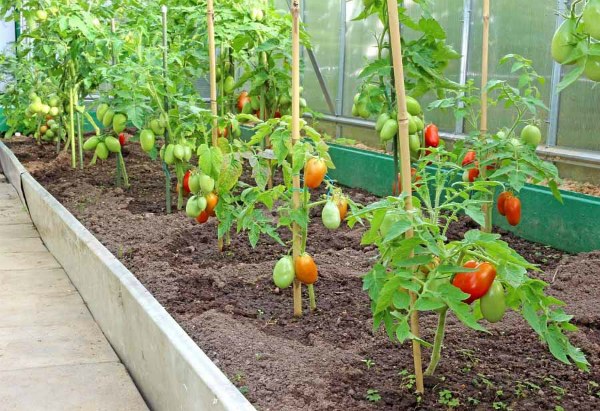
When planting seedlings, it is necessary to follow the planting scheme. When you sow seeds for seedlings, you need to leave a gap between each seed of about 1,5-2 cm.
But for grown seedlings, such space will not be enough, and therefore, when two or three true leaves appear, it must be dived into separate containers. Well, or in advance it is necessary to sow the seeds at a greater distance (about 10-12 cm) so that the grown seedlings can grow freely.
When planting adult seedlings to a permanent place of growth, it is worth adhering to the following planting scheme:
- per 1 sq. m. no more than 2-3 pcs. tall varieties and no more than 3-4 pcs. undersized varieties of tomatoes.
Pest control
During the period of plant growth, it is worthwhile to carry out preventive treatment against pests and various diseases.
Preparation of ridges in the open field
Before planting adult plants in open ground, it is necessary to prepare a garden bed.
- To do this, the earth is well dug up and a dry mixture of superphosphate is added.
- For 1 sq. m. you will need no more than 40g of fertilizer.
Tomato leaves turned purple, how to fix it – video
Growing tomatoes is a rather complicated and painstaking process. If the temperature and light conditions are violated, the color of the seedlings may change. Also, with a lack of nutrients, lethargy of the leaves, their twisting, and stunting may appear. Without timely treatment, the plants will weaken and die. To prevent this from happening, it is worth paying a lot of attention to seedlings and properly caring for them.
